Perspective | Hindi GEC's going the 'Finite way'?!
When it comes to watching TV, viewers across the globe have a common desire of watching shows that are interesting, have a fresh approach to story-telling and are entertaining. However, it’s been years that few formats such as Saas-Bahu sagas, romantic, thriller, comedy and crimes shows have invariably turned out as a habitual viewing exercise for viewers in India. Some cite limited choices of content as a reason while some believe that broadcaster’s fear of taking risk with varied content and the producers are not taking to newer concepts and formats as a reason for this viewing habit.
A look at the last few years, and one may remark that things have altered this scene in a different way. Producers, broadcaster and actors are now taking the plunge to adopt to international style television with finite shows that last for a scheduled time-period and deal with concepts / stories that do not need years to be told. In the recent past, Indian audiences have been offered shows like ‘24’ and The Anupam Kher Show on Colors, Gangs of Haseepur on Zee TV, Ek Hasina Thi on Star Plus, Yudh on Sony and Laut Aao Trisha on Life OK.
In this edition of Adgully Perspective, we talk to professionals and experts across the television industry - B.P. Singh, Owner, Fireworks Productions, Sukesh Motwani, Bodhi Tree Productions, Siddharth Malhotra, Producer,Cinevistaas Limited, Gaurav Seth, SVP and Head Marketing, SET, Manisha Sharma, Weekend Programming Head – COLORS, Yubaraj Bhattacharya, Programming Head, Life OK and Debarpita Banerjee - VP - Marketing & Communication, National Geographic and Fox International Channels to know their take on the same.
We asked them to share their thoughts on what according to them is attracting producers and broadcasters to the concept of a ‘finite’ show or develop a series-style show? Also, while finite shows or series-styled shows have been highly popular and loved in international markets, how acceptable is the format in India? We also quizzed our panellist as what according to them are the challenges / hurdles one has to surpass to bring such shows on air when compared to regular-run-of-the-mill shows?
Singh stated that it is all about having a story completely ready for a producer, and if that interests a broadcaster, he will be bound to lap it up. “I one knows the story from start to end and you have content ready with you. Once you have a ready story to tell, it’s not difficult to produce it”, he added.
Motwani explains that finite series are of two types - finite dailies and finite weekly. He said that broadcasters are now gaining confidence in the concept and hence are willing to work on these lines. Sharing his thoughts on the ‘attraction’ aspect, he said, “In Hindi GEC’s, finite series are done by mainstream channels with known actors of Bollywood like what happened with 24 and Yudh. The reason could be to raise viewership as audience like to see their favourite actors”.
For Malhotra, it all depends on the vision of a producer. “If an individual knows what he wants to show to his/her viewers - good quality presentation and interesting story and aims to deliver the concept at its best, he may then plan to do a finite series. In a finite show, a story is already shot, next it all depends upon the channel and producer how to take the show and end the show. Sometimes producers want to end the show by taking it to a high which works well both for channel and producer, while sometimes, channels show trust in the producer and the story and end the show as it was planned”, he elaborated.
Seth cites that while we have concept of miniseries round the world, we want our viewers to feel the drama in that way. “Hence finite series or shows are conceptualised in that manner and thus providing finite option for viewers”, he added.
Sharma is of the opinion that a finite show enables producers and broadcasters to develop a taut storyline which, through a crisp narrative, great production values, brings alive the concept of the show. “Such properties also make for a sound business decision because it instills marketer / advertiser faith in the broadcaster’s willingness to experiment with content. At COLORS, presenting a show like 24 has been a complete joy and honour for us, especially in terms of business. Right from the time we first announced the property in November 2012, the feedback from the industry has been really encouraging”, she said.
Further to know how the format is getting accepted in India and what are the challenges faced by broadcasters and producers in producing a finite series or show, we asked experts to brief us.
Speaking of how the format is perceived and accepted in India, Singh said that while ‘finite format’ is interesting to work on and watch on television, sometimes, backed by popularity, these shows go a long way and are reformed into infinite fiction shows. “Finite or not, of a show is doing well, you wouldn’t want it to off air so easily; hence reforming and altering can be done in this regard. Also, ending a show affects the actors / casts, writers, directors and whole team. Keeping that in mind, sometimes, finite series go long way and become a fiction show”, he added.
Accroding to Motwani, TV is supposed to transition very slowly, but TV in India finally makes a way for show that going to be linear in nature. “We as producers and content creator are hoping to show something exciting and entertaining to our viewers in a one hour weekly show. The evolving viewing tastes of viewers are providing us new opportunities to explore”, he said.
The acceptance and its success or failure of show in this format depends upon a producer’s vision and insight that he shares with the team. “Producing finite show from a finance point of view is a nightmare for the producers as it costs a lot an episode basis in compare to fiction show. However, if the said show garners good numbers for the channel and is able in creating cult and gaining appreciation; it indicates is successful future and that helps both creative and business end up adopting this format even more”, Malhotra explained.
Echoing similar sentiments on finance issues of a finite show, Seth said that for the broadcaster, miniseries costs high than any other fiction show. “It also involves a lot of marketing activities to create a buzz that we do for any other shows of ours. Like for Yudh we launched the property during IPL and right from there the buzz around the started building up. Also, we treated this show as film in itself, thus, we had high-priced marketing activities like for poster launch etc”, he added.
Sharing her observation as an industry member, Banerjee states that as the country evolves, the content consumption patterns have also evolved. Also, with technology, multi-screen viewing has become a big aspect for content creators. “Metaphorically, I believe everybody now wants to have snacky food and are avoiding long meals! So when audiences want to consume ‘smaller / finite’ content, it got to be faster and engaging. With long series and show, the fear of witnessing viewer-interest drop dangles all the time. However, with international fiction, like F.R.I.E.N.D.S, Sex and The City or Grey’s Anatomy, though they are series based show, they are stripped to length that is short enough to keep viewers on the show yet long enough to culminate into one whole season with 2 -3 months! Picking up this, our Indian counterparts have also begun taking up this format with an understanding that audiences today, at large, do not spend too much time on television and are more impatient than ever”. Banerjee also believes that shows with a defined time-lime offer more number of sponsor opportunities for advertisers and marketers, and that is advantageous to both channel and the brands willing to be a part of this.
Sharma believes that for a show with a limited number of episodes, the key is to build excitement and curiosity among audiences who seek to know what happens next. Citing the example of 24, she said, “With 24, it was always known that show would feature 24 episodes in real-time - every hour of the show represented an actual hour in the life of Jai Singh Rathod – the protagonist portrayed by Anil Kapoor. It was very important for us to create a lot of suspense to ensure that the audiences keep coming back week after week. Additionally, the production value of the show was such that every episode was filmed over the course of a week and there is a lot of time invested and money in the pre-production stage to discuss the character progression, plot, narrative style, script and dialogues to keep the intrigue level alive. While the exercise is expensive, lengthy and challenging a lot of times, the results the show has brought to the channel are all out there!”
Sharing his insights, Bhattacharya said, “Our Hindi GEC’s have experimented with different genres and formats like fiction and non-fiction and the latest one to add on the list is finite series. While few channels have already tested the format in the past, few are on their way to test and sample it. Now it all depends on the viewers to try the sample and decide as to stick to the usual drama formats which they are watching over years now, or try something new”.
Speaking of the challenges this new format might have to surpass, a positive Motwani believes, that there is no challenge! “I feel it’s a rush of suspense genre coming into usual soaps. It’s a good trend to be followed as it will open a new menu for the viewers”, said Motwani.
“We have always maintained that finite shows like 24 have great potential for the evolving Indian television viewing audience. Following the launch of 24, many such properties have been developed across various broadcasters in the industry which further cements our belief that audiences are now ready to experience shows on television which go beyond the boundaries of conventional family dramas. The content, in fact, also allows broadcasters to recruit newer audiences thereby creating more opportunities within the industry”, opined Sharma.
Well, we at Adgully join our panellist in echoing that time-bound Hindi television shows are here to stay. However, steps in this direction need to taken consciously and wisely. [By Ranjana Gupta| Twitter: @RGrightsreserve]







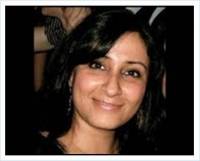


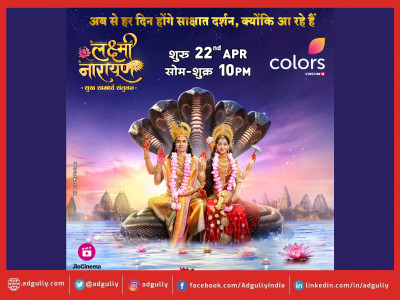
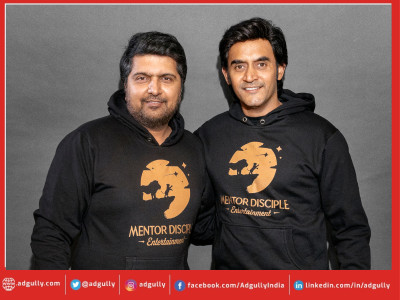
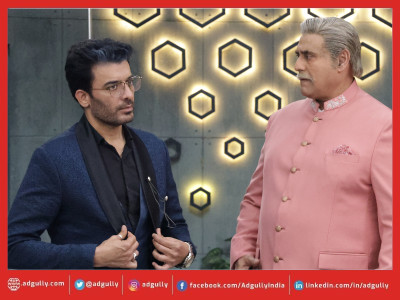
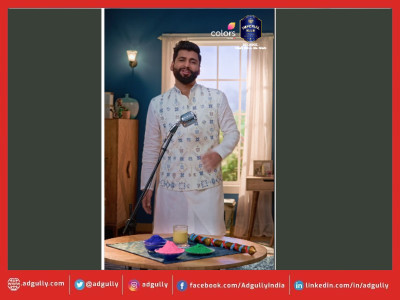
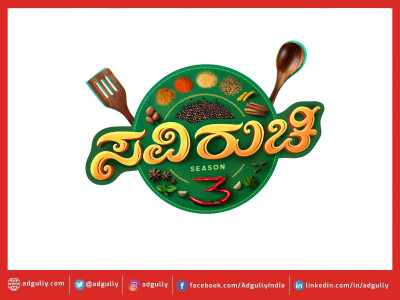
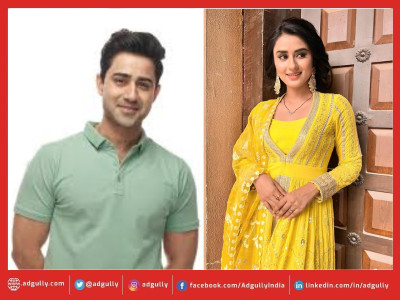
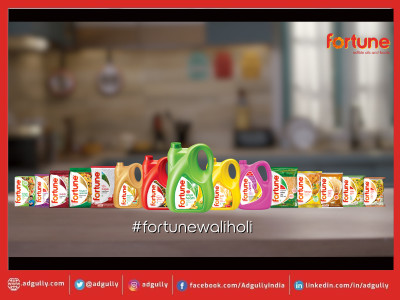
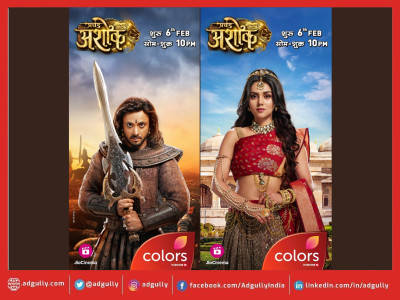
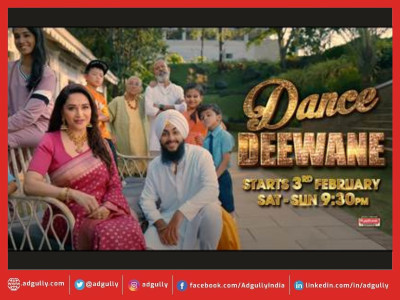
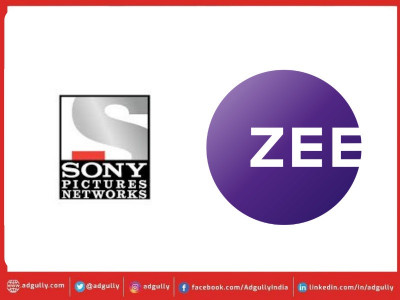



Share
Facebook
YouTube
Tweet
Twitter
LinkedIn